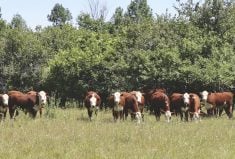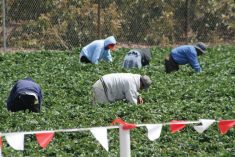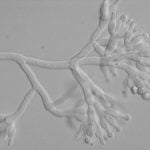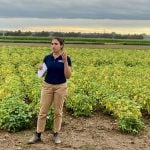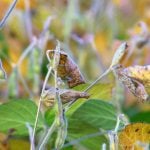Vance Graham’s land is now more attractive to bees, and all he had to do was plant a few seed packets.
Graham is one of 38 Alberta farmers who signed up for Operation Pollinator, a project run by Syngenta and the Soil Conservation Council of Canada.
“They wanted it on an area of ground that wasn’t in production or as productive as other places,” said Graham, who runs cattle and a small sawmill near Rocky Mountain House with his mother, wife, and children.
Read Also
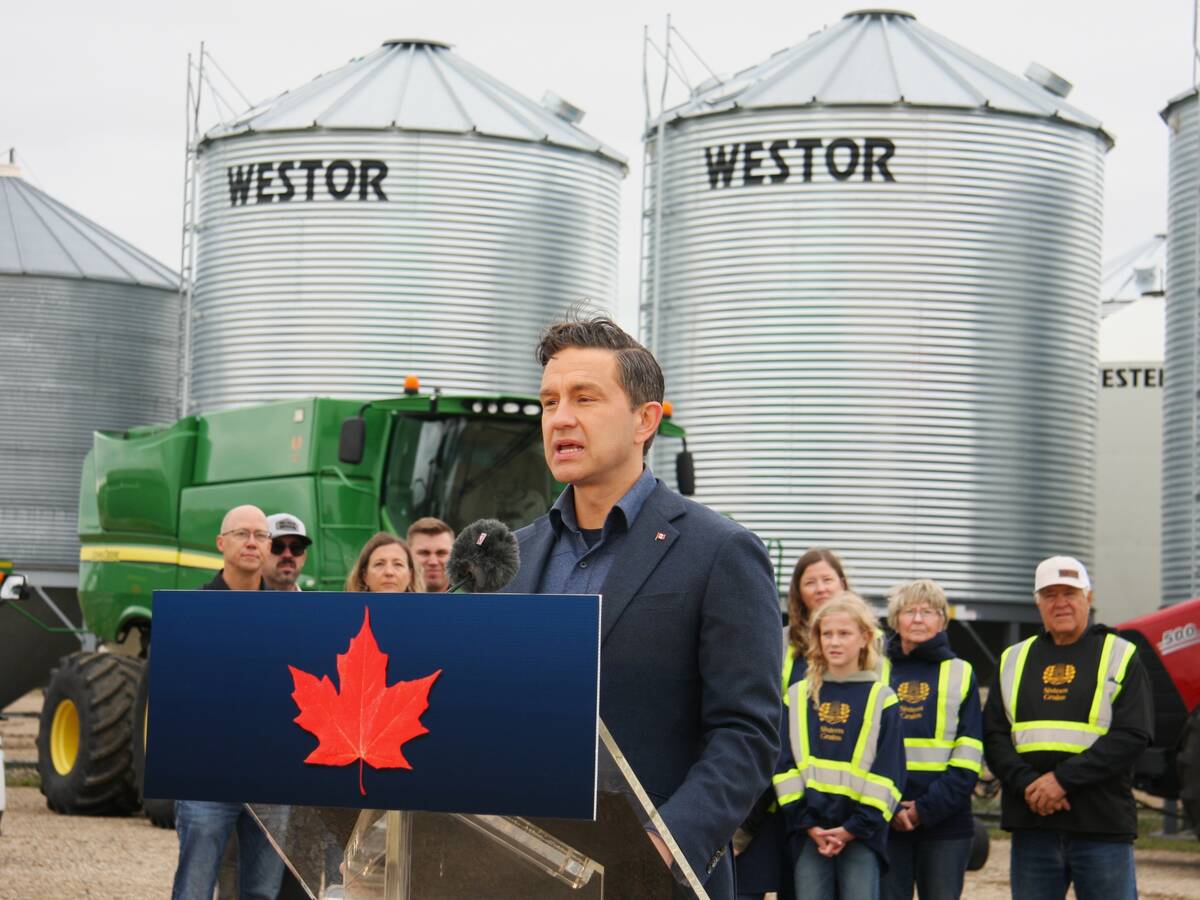
Conservatives would scrap temporary foreign worker program says Poilievre
Conservative leader Pierre Poillievre says Canada’s Temporary Foreign Worker Program should be scrapped and a standalone agriculture program should be created.
“I happened to have a piece of land that used to be in a sandpit. It had been slightly reclaimed. We were starting to get it back into something.”
He found out about Operation Pollinator when he was a board member of the Grey Wooded Forage Association. He planted the seeds — a mix of timothy, clover, and phacelia — in 2017. All the plants are native to Western Canada.
“We left it the first year,” he said. “Other than clipping it for weeds, we left it alone.”
Phacelia, an annual plant with a purply blueish flower, is highly attractive to bees and brought in native bees from miles around.
“If someone had hives around, they would have benefited (too),” he said. “The stuff was three feet tall and from aways away, it looked like a Canada thistle infestation. It was amazing, because it was just a loud hum, with the bees all around there. It was just amazing what the phacelia plant brought in.”

Operation Pollinator will be wrapping up this year as it’s only a three-year pilot project.
“It mostly focused on engagement with the producers and helping them establish a site to attract more pollinators,” said Sean Chung, program co-ordinator with the Agricultural Research and Extension Council of Alberta, which helped distribute seeds to participating producers.
Syngenta and the Soil Conservation Council of Canada sent biologists and field technicians out to monitor the sites each year. They measured the numbers of species of bees, and other insects.
“Some sites established really well, but some did not,” said Chung. “Because of the drought in southern Alberta, it was difficult for some producers to get a site established.”
Operation Pollinator, which is run in 13 countries as well as the Prairies and Ontario, was designed to boost pollinator populations and encourage habitat biodiversity, said Paul Hoekstra, senior stewardship and policy manager with Syngenta.
Participating farmers set aside one to two acres with lower productivity. Along with the seed mix with agronomic information, they received signage and financial support to offset the cost of creating and maintaining the site.
“Even in the first year, we found very positive results with an actual increase in the number of bees and butterflies at the site,” said Hoekstra. “We saw two to three times the number of bees and butterflies in our Operation Pollinator plots compared to control areas on the farm. Even though it was just the first year of this particular study, we feel encouraged by what we’ve seen.”
Participating producers were also very pleased with the results, he added.
“Farm operations can provide great food sources for a range of pollinating insects. Even doing things on a small scale can make a big difference in helping pollinators.”
Native pollinators make ecosystems function better, he said.
“The more insects you have, the more birds you have, the more diversity you have with that piece of land. All of these things build upon each other,” said Hoekstra. “While the program is focused on enhancing native pollinators, the ramifications of Operation Pollinator plots can go beyond that.”





